#biological illustration
Text
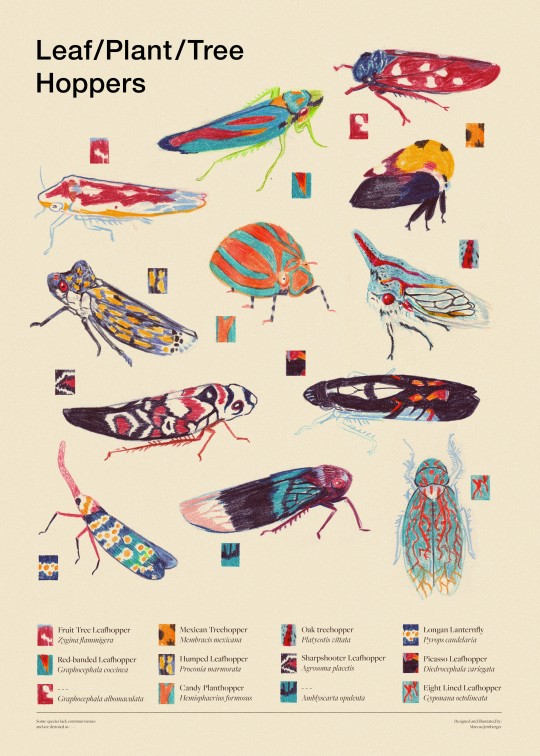


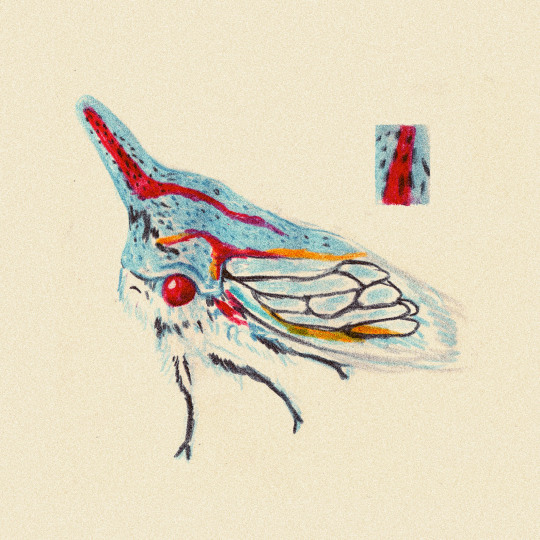

Years ago I drew a few leafhoppers for an exercise at school. These are still the most popular thing I have ever posted on the internet. So I drew some more and made a poster. These little guys are very fun! finding all their scientific names was a pain though!
If you would like a print:
https://www.inprnt.com/gallery/vulgarirex/leafplanttree-hoppers/
505 notes
·
View notes
Photo
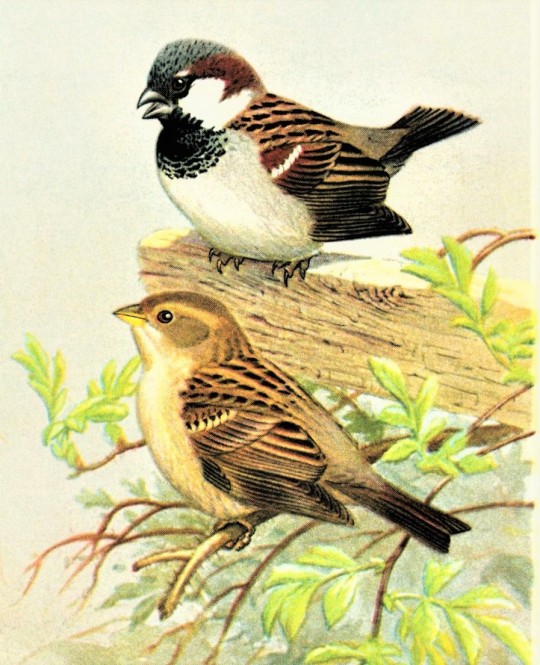
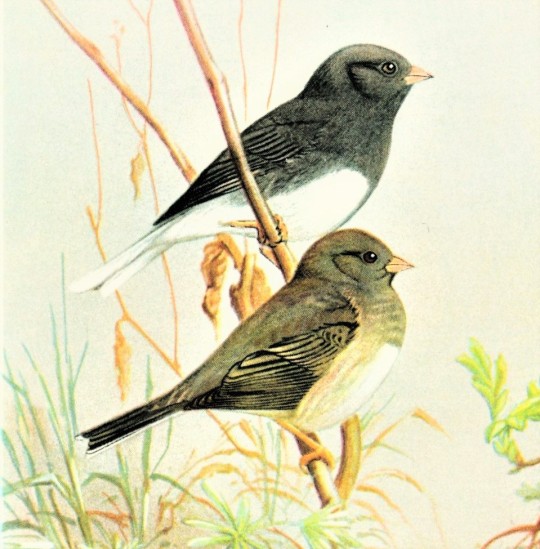

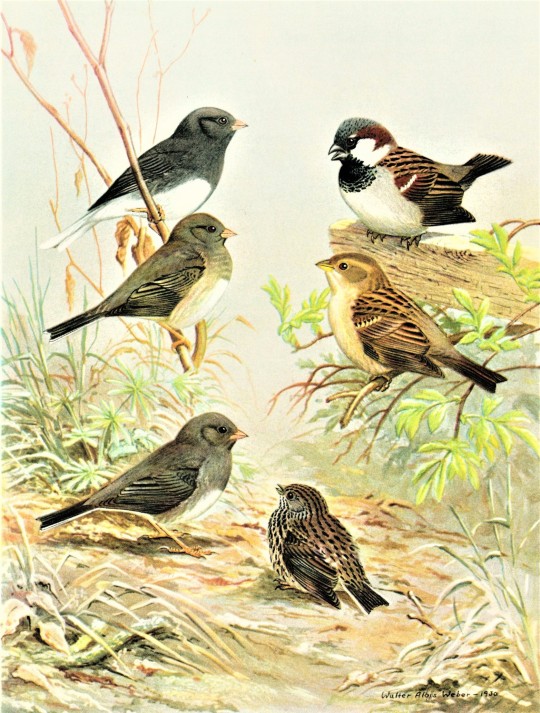
A Cheerful-Sparrow Feathursday
Among the most cheerful birds in our neighborhood are the common House Sparrow (Passer domesticus) and the Dark-eyed Junco (Junco hyemalis). I wake up every morning with the House Sparrows on my porch telling me to chirrup! And as I walk to work, the Juncos flitting about close to the ground, with their white tail bars and their tiny chipping calls, just starts the day off right.
Both are sparrows, but the House Sparrow, a year-long resident here, is an Old World sparrow (family Passeridae), introduced into North America in the 1850s.The Junco is an indigenous New World sparrow (family Passerellidae). They breed much further north in summer, and while they do winter in our region, in Milwaukee I tend to see them only in spring and fall as they move through. For me, they are harbingers of the changing seasons.
The images shown here are from a 1930 painting by American nature artist Walter Alois Weber reproduced in Bird Portraits in Color by the American physician and ornithologist Thomas Sadler Roberts and published by the University of Minnesota Press in the 1934. The volume includes 92 color plates by five wildlife artists illustrating 295 North American species.
The two birds in the upper left of this plate are male breeding adult and fall immature male Juncos; in the upper right are male and female House Sparrows; at bottom on the ground are female breeding adult and juvenile Juncos.
View other posts from Bird Portraits in Color.
View more Feathursday posts.
-- MAX, Head, Special Collections
#Feathursday#sparrow speaks#Old World sparrows#New World sparrows#House Sparrows#Dark-eyed Junco#Bird Portraits in Color#Walter Alois Weber#Thomas Sadler Roberts#University of Minnesota Press#bird paintings#wildlife art#biological illustration#birds#birbs!
607 notes
·
View notes
Text


I’m trying to beef up my portfolio for a scientific illustration internship, so did a study of a banana slug pic I took last year - gouache, used like watercolor for the most part
#munchin on some leaves#banana slug#slug#slugs#invertebrates#mollusk#mollusks#California banana slug#animal illustration#biological illustration#illustration#my art
79 notes
·
View notes
Text

Watercolor illustration. Marshland in Iberian Peninsula, Europe.
30 notes
·
View notes
Text

#biological illustration#scientific illustration#animals in art#pencil drawing#sketchook#art aesthetic#cottage aesthetic#cottage vibes#cottagecore#felines#wild cats
13 notes
·
View notes
Text

Have a frog!
#i might apply for a biological illustration internship in California that I have like… zero hope of getting#because I do not have a well rounded portfolio for that type of stuff yet#but I have a couple of pieces - including this one - that I think could be used#and I think I might apply to it just for the heck of it and the experience#and also so I can use it as motivation to start creating more biological illustration portfolio worthy piece yknow?#they only accept one person and I have very little background in in art as of yet#but like fuck it the experience might be good for me#apply for things you are under qualified for right!!!#anyways so here’s a frog I painted for a Christmas present for someone#spea multiplicata#spadefoot toad#New Mexico spadefoot toad#herpetology#biological illustration#scientific illustration#herpetological illustration#amphibians#frogs#spadefoot#art#my art#by yours truly the omelette of cheese
80 notes
·
View notes
Text
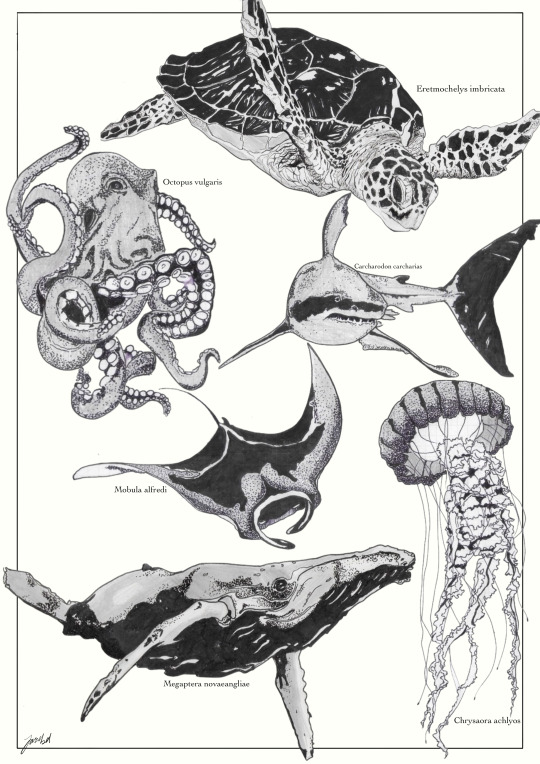
compiled all my current drawings to replicate a biological illustration - might end up adding more !
#illustration#biological illustration#biology#marine biology#marine#art#ocean art#marine life#marine science#science#stem#whales#octopus#sea creatures#sea life#fine tip#fineline drawing#artists on tumblr#original art#artwork
137 notes
·
View notes
Text
Lovely Vallonia or Vallonia pulchella

My favourite snail ever lol. I love to find them in soil near swamps 🤭
#украрт#український tumblr#small artist#digital illustration#illustration#biology#biological art#biological illustration#snailposting#snails#snail#vallonia#my art
24 notes
·
View notes
Text

La grande Perruche à collier. Pl. 30. | Histoire naturelle des perroquets t.1 | Biodiversity Heritage Library | rawpixel
#françois levaillant#jacques barraband#psittacula krameri#perruche à collier#cotorra de kramer#rose ringed parakeet#psittaculidae#nature illustration#scientific illustration#biological illustration
3 notes
·
View notes
Text

Watercolour of syncarids from On the Anaspidacea, Living and Fossil, 1909
Anaspides tasmaniae
Paranaspides lacustris
Liverwort Yungermannia with 2 Anaspides tasmaniae eggs
#Anaspides#syncarida#syncaridea#syncarid#crustacean#art#scientific illustration#sciart#biological illustration#watercolour#(at least I think it's watercolour)#animals#(usually don't use this many tags but you know. I've got to spread the syncarid art image)#vintage art#liverwort#Paranaspides#Anaspides tasmaniae#Paranaspides lacustris
12 notes
·
View notes
Text
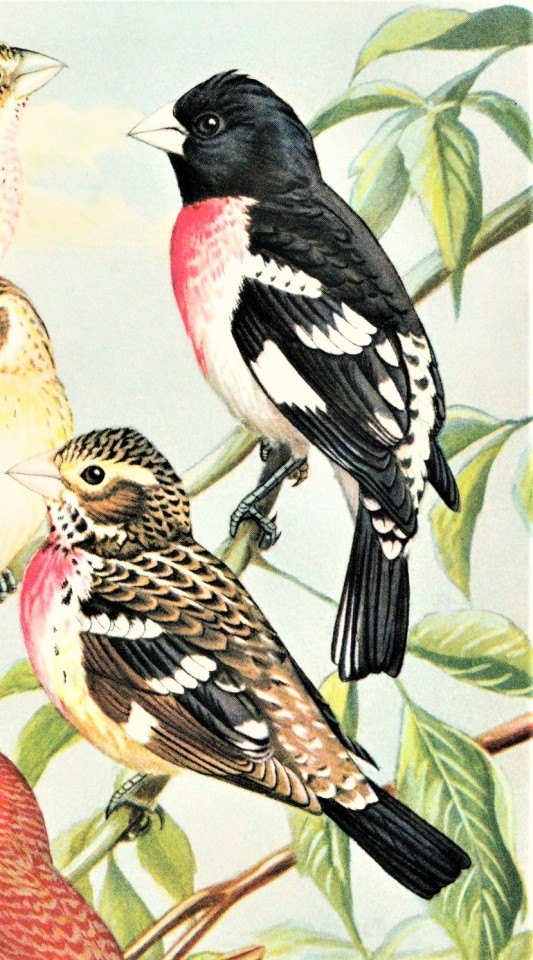
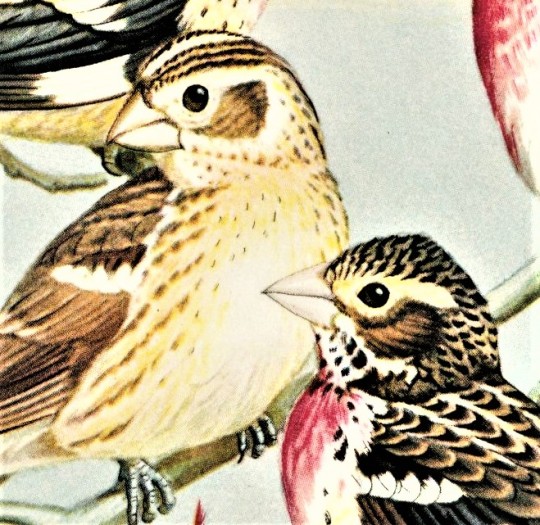




A Cardinalidae Feathursday
The Cardinals (Cardinalis cardinalis) and Rose-breasted Grosbeaks (Pheucticus ludovicianus) in our neighborhood have just been chattering away this early summer. The call of the Cardinal is quite distinctive, but we often confuse the call of the Rose-breasted Grosbeak with that of the American Robin. Some say the Grosbeak sounds like a Robin that has had better music lessons, but we have a hard time telling them apart. What do you think?
Both are members of the family Cardinalidae. The only other species in that family that lives in our area (that we know of) is the Scarlet Tanager (Piranga olivacea), which also sounds remarkably like a Robin, but hoarser. The images shown here are from a 1930 painting by American nature artist Walter Alois Weber reproduced in Bird Portraits in Color by the American physician and ornithologist Thomas Sadler Roberts and published by the University of Minnesota Press in the 1934. The volume includes 92 color plates by five wildlife artists illustrating 295 North American species.
The three birds in the upper left of this plate are winter male, female, and male nestling Rose-breasted Grosbeaks; in the upper right are a fully adult breeding male and first-year breeding male Rose-breasted Grosbeaks; at bottom are adult female and male Cardinals.
View other posts from Bird Portraits in Color.
View more Feathursday posts.
#Feathursday#Northern Cardianls#Rose-breasted Grosbeaks#Cardinalidae#Bird Portraits in Color#Walter Alois Weber#Thomas Sadler Roberts#University of Minnesota Press#bird paintings#wildlife art#biological illustration#birds#birbs!
62 notes
·
View notes
Photo
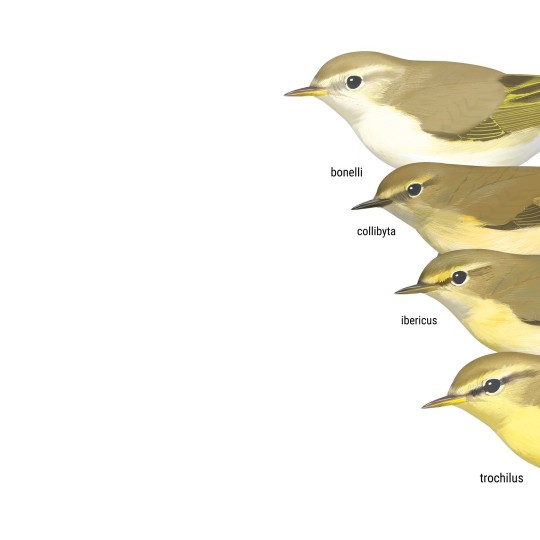
WORK IN PROGRESS - Can you name this genus? Knowing where I am from, can you guess what is missing within this genus? And what other genera of birds might fill up this set? #omnicogni #joaotiagotavares #digitalillustration #digitalart #scienceillustration #biologicalillustration #birds #ornithology #warblers #migration #portugal — view on Instagram https://ift.tt/tjkWw0J
#Instagram#IFTTT#omnicogni#joaotiagotavares#Digital Illustration#digital art#Science illustration#biological illustration#birds#Ornithology#warblers#migration#portugal#birdsofportugal
3 notes
·
View notes
Text

Aythya ferina. Watercolor
6 notes
·
View notes
Text
her gorgeous work has been stolen and used as clickbait over and over again. it's ALL over the web. why not buy one of her original prints?
#support the artist#Jo Brown#art#drawing#watercolour and inks#coloured pencils#biological illustration#talent
1 note
·
View note
Text
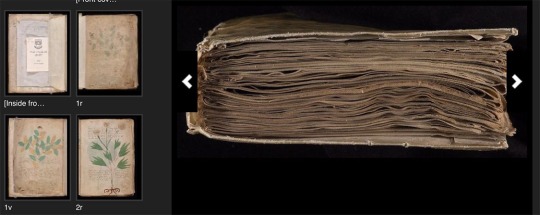
CIPHER MANUSCRIPT [aka VOYNICH MANUSCRIPT] by Roger Bacon[?] (Central Europe, c.1401-1599) 18th -19th century binding.
‘Scientific or magical text in an unidentified language, in cipher, apparently based on Roman minuscule characters; the text is believed by some scholars to be the work of Roger Bacon since the themes as the illustrations seem to represent topics know to have interested Bacon…. A history of the numerous attempts to decipher the manuscript can be found in a volume edited by R.S Brumbaugh THE MOST MYSTERIOUS MANUSCRIPT: The Voynich “Roger Bacon” Cipher Manuscript (Carbondale, IL, 1978). Although several scholars have claimed decipherments of the manuscript, for the most part the text remains an unsolved puzzle.’ — from an abstract by the Beinecke Rare Book and Manuscript Library at Yale
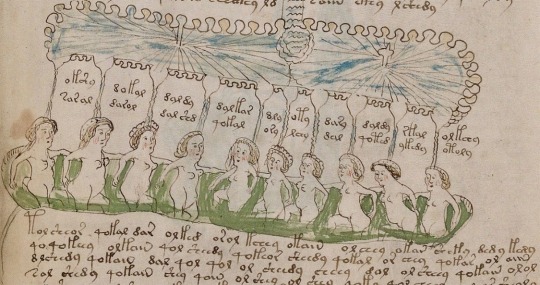
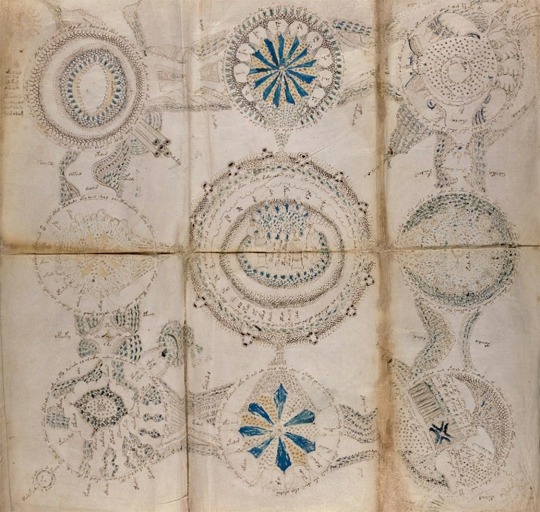






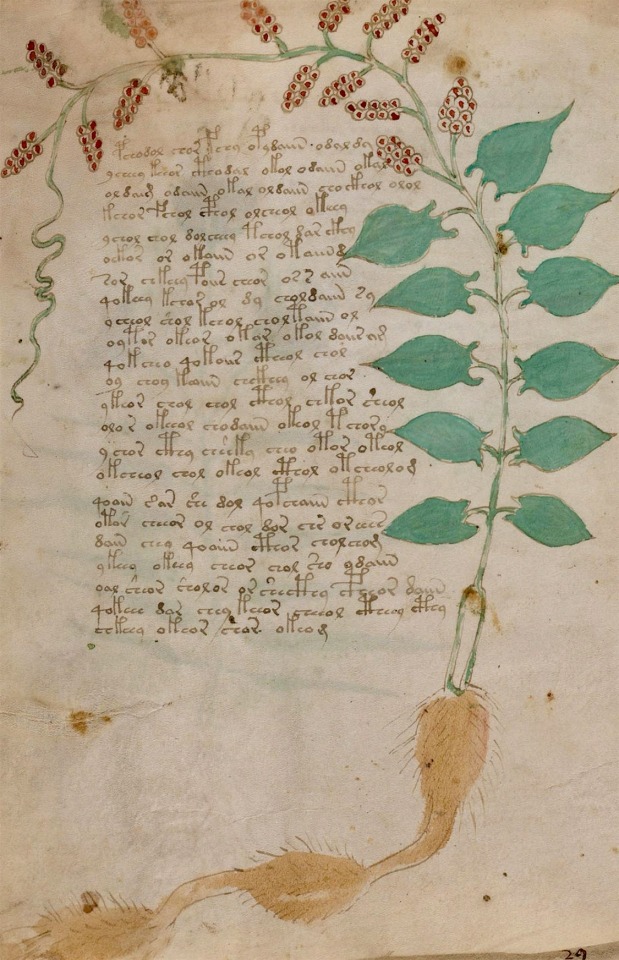
source [digitized]
#beautiful books#book blog#books books books#books#incunabula#illustrated book#ciphertext#cipher#roger bacon#voynich manuscript#the voynich code#mystery#biological diversity#symbols#rare books
222 notes
·
View notes
Text

wormie
#luke skywalker#star wars#star wars art#star wars fanart#original trilogy#my biological son#hidatafrost art#artists on tumblr#illustration
766 notes
·
View notes